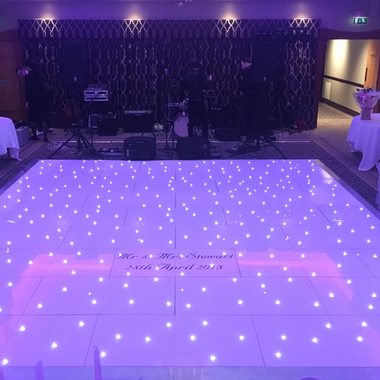Innovative Styling Trends Molding the Future of Engaging Light Emitting Diode Dance Surfaces
Interactive light-emitting diode dance surfaces are increasingly popular in multiple recreational venues, including nightclubs, musical events, and gatherings. These floors utilize advanced tech to create vibrant light showcases that react to music and movement. As innovation continues to evolve, several innovative design patterns are influencing the future of these responsive dance floors. These patterns not only enhance the aesthetic encounter but also improve user involvement and create a more engaging environment for dancers and audiences alike.
One notable pattern in responsive LED dance surfaces is the integration of smart tech. Many new designs feature sensors that identify movement and adjust the illumination accordingly. This implies that the surface can change colors, designs, and effects based on how numerous individuals are dancing and their location they are located. This reactivity fosters a lively environment that encourages involvement and excitement. Additionally, some models allow participants to control the illumination through mobile applications, providing them the ability to customize their encounter in real-time.
Another crucial pattern is the use of eco-friendly materials and power-saving technology. As environmental issues grow, many designers are concentrating on creating light-emitting diode dance surfaces that are not only visually impressive but also eco-friendly. This comprises using repurposed materials for the floor's building and adopting energy-saving helpful hints LED illumination. These innovations help minimize the environmental footprint of gatherings while still providing a mesmerizing visual experience. By focusing on sustainability, creators are attracting to a more environmentally aware audience.
The integration of augmented reality (AR) is also changing the interactive dancing floor encounter. AR technology enables users to view virtual images and visuals overlaid on the real environment through their smartphones or AR spectacles. This can improve the dancing surface experience by introducing virtual elements that engage with the physical space. For instance, dancers might see moving characters or graphic effects that respond to their actions, creating a distinctive and engaging atmosphere. This pattern is particularly appealing to younger crowds who are accustomed to digital engagements in their daily lives.
Additionally, the design of responsive light-emitting diode dance surfaces is growing more versatile and modifiable. Many recent models can be easily set up in different settings, from short-term events to permanent setups. This flexibility allows locations to develop customized experiences that address to various themes and audiences. Some designs even feature modular parts that can be rearranged to create varied configurations and layouts. This flexibility not only improves the visual appeal but also allows for artistic expression in event organization.
In conclusion, the future of responsive LED dancing floors is being shaped by innovative styling patterns that focus on technology, sustainability, augmented reality, and flexibility. These developments are creating more engaging and captivating encounters for participants, making dance floors a key element of recreational venues. As these patterns continue to evolve, they will likely reshape how individuals interact with music and movement, ensuring that responsive light-emitting diode dancing floors stay a favored option for events and celebrations.